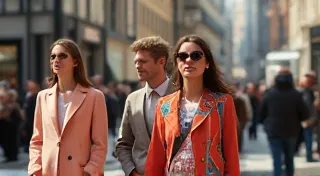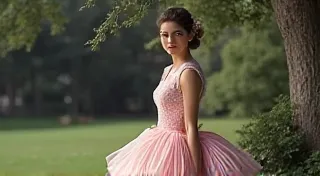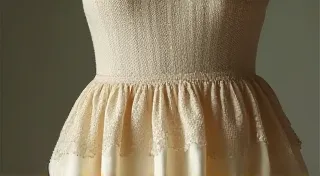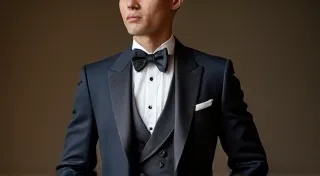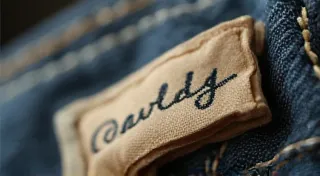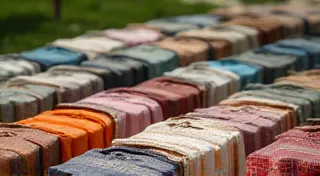Victorian Fashion: Corsets, Bustles, and Elegance
The Victorian era (roughly 1837-1901) remains a captivating period in fashion history. Characterized by its elaborate silhouettes, restrictive garments, and rigid social codes, Victorian fashion offers a fascinating window into the era's values and aesthetics. This deep dive explores the key trends and societal context that shaped the styles we associate with Queen Victoria’s reign.
Early Victorian (1837-1850s): The Romantic Silhouette
The beginning of the Victorian era saw a continuation of the Romantic styles that emerged in the Regency period. Waists were low and narrow, creating an hourglass shape. Skirts were extremely full, achieved with layers of petticoats. Sleeves were often puffed or bell-shaped, and necklines were relatively low, often filled in with delicate lace or chemisettes. Color palettes favored softer, more muted tones, reflecting the romantic sensibility of the time.
The Mid-Victorian Era (1850s-1870s): The Bustle Emerges
The 1850s witnessed the introduction of the iconic bustle. Initially small and subtle, the bustle began to expand, pushing the fullness of the skirt towards the rear. This resulted in a distinctive "shelf-like" silhouette. Bodices remained fitted and often featured elaborate detailing such as ribbons, lace, and embroidery. The crinoline, a structured cage made of steel or whalebone, became increasingly popular for achieving the immense skirt volume. Fashion was dictated by Queen Victoria's mourning period, leading to a prevalence of black clothing, though it was often softened with delicate fabrics and embellishments.
The Late Victorian Era (1870s-1901): The Tailored Aesthetic
As the 1870s progressed, the bustle reached its peak size, creating a truly dramatic silhouette. The focus began to shift towards more tailored garments, influenced by the rise of industrialization and the changing role of women in society. The bustle gradually lessened and then split into two, creating a 'horse-shoe' shape. The 1880s saw a resurgence of natural forms, with draped fabrics and softer lines. The "Gibson Girl" look – characterized by a long, slender silhouette, an hourglass figure emphasized by a high waistline, and voluminous hair – became the ideal of beauty. Practicality began to influence fashion, leading to the adoption of more comfortable fabrics and simpler designs.
Social Context & Fashion
Victorian fashion was deeply intertwined with social class and propriety. The styles worn dictated a woman's position in society, and strict rules governed appropriate attire for different occasions. The elaborate and restrictive nature of the clothing also reflected the Victorian ideals of femininity – modesty, fragility, and dependence.
The Legacy of Victorian Fashion
While many of the specific garments of the Victorian era are no longer worn, its influence can still be seen in contemporary fashion. The emphasis on tailoring, the use of luxurious fabrics, and the appreciation for intricate detailing are all legacies of this fascinating period. The ongoing revival of vintage styles continues to inspire designers and fashion enthusiasts alike, ensuring that the elegance and drama of Victorian fashion endure.
